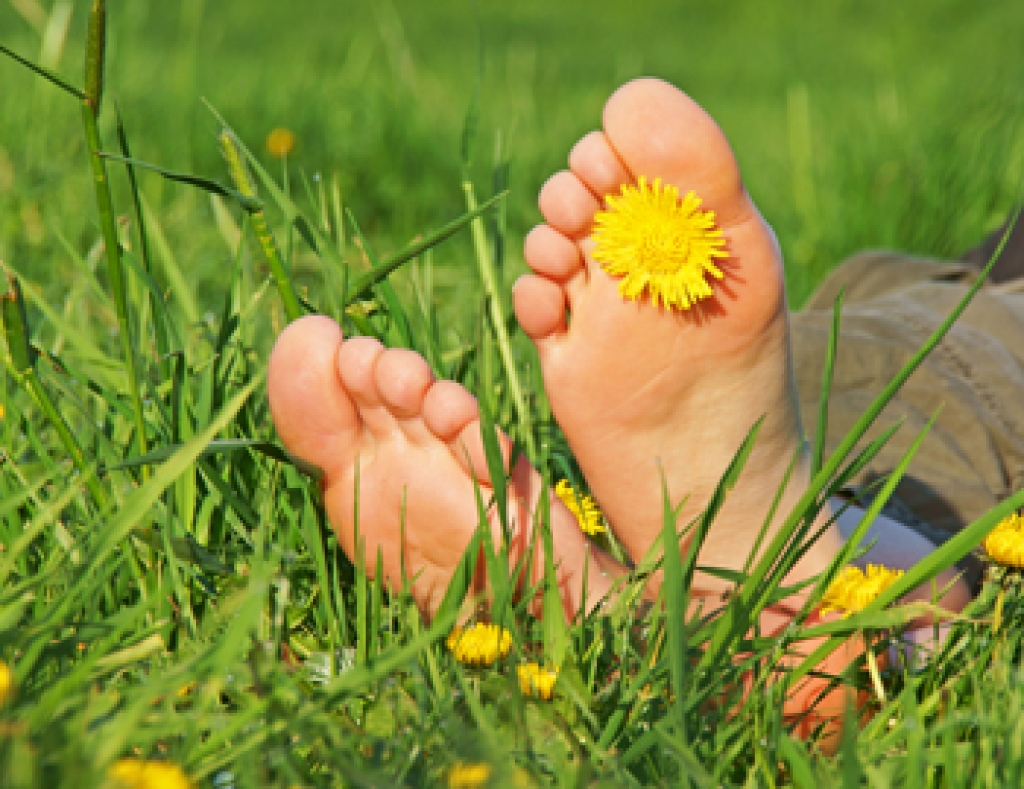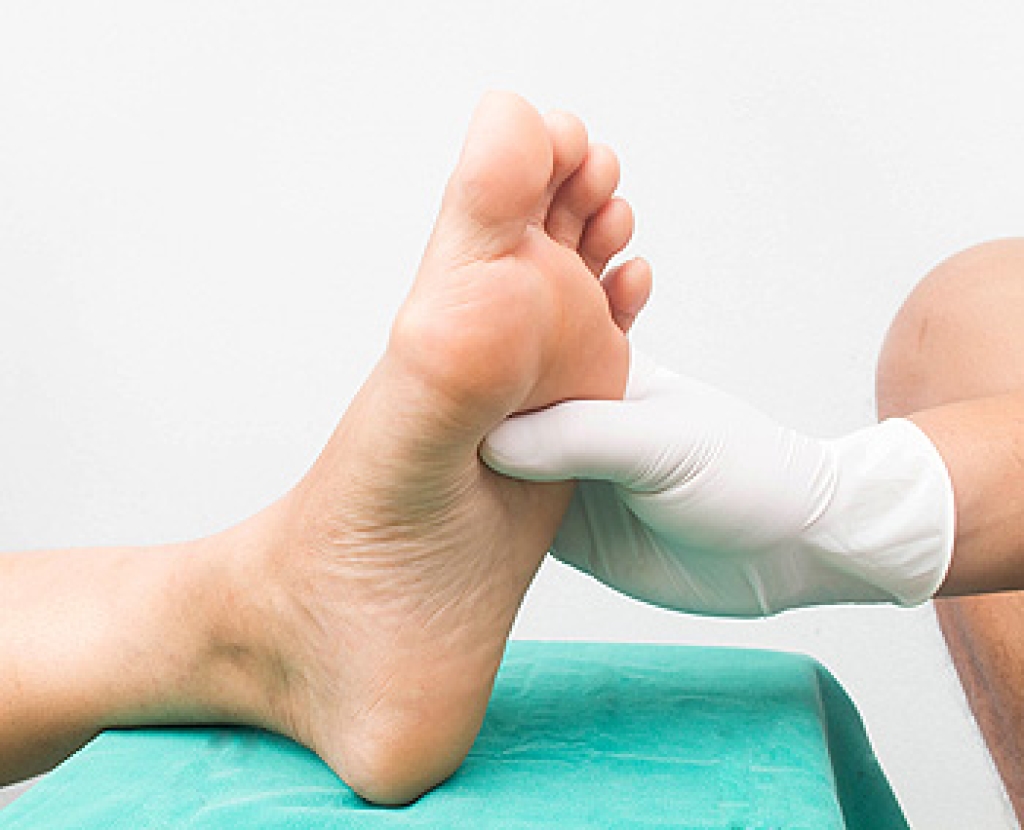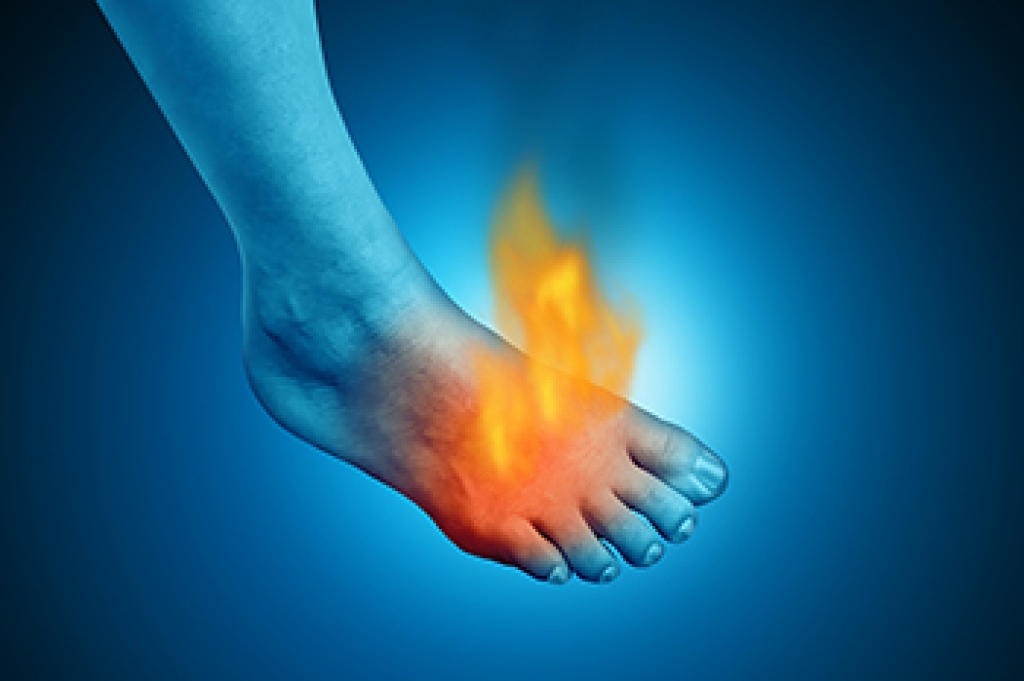
In spring, many people return to outdoor activities, such as walking, hiking, and gardening. Preparing your feet for the seasonal transition is essential to avoid discomfort or injury. Begin by gently stretching the feet, ankles, and calves to improve flexibility and circulation. These simple movements can ease stiffness from winter inactivity and help prevent strains. Equally important is choosing the proper footwear. Select shoes that offer support, cushioning, and a good fit to protect the feet from uneven surfaces and repetitive stress. Footwear that lacks support can lead to common problems, such as plantar fasciitis or tendonitis. If you have foot pain, it is suggested that you consult a chiropodist who can treat various foot conditions, and guide you on how to protect the feet during the changing seasons.
Springtime is the season that many people use to get back into exercising and sports. It’s also a time when foot and ankle injuries may be more common. If you have a foot or ankle injury, please consult with one of the chiropodists from The Footcare Centre. Our chiropodists can help you maintain the health of your lower limbs and your mobility.
Common Foot and Ankle Problems in Spring
- Plantar fasciitis
- Achilles tendonitis
- Shin splints
- Strains
- Sprains
- Fractures
- And more
Avoiding Injury
- Increase physical activity slowly and gradually
- Wear comfortable, well-fitted shoes and socks
- Take time to rest following a workout
- Recognize and treat any injuries promptly
Treatment at Home
- Rest the injured foot
- Apply ice to reduce swelling
- Compress the injured foot with a bandage
- Elevate the foot to prevent swelling
Serious, chronic, or particularly painful injuries require medical care by a professional. If you have any questions please feel free to contact our office located in Niagara Falls, ON .




